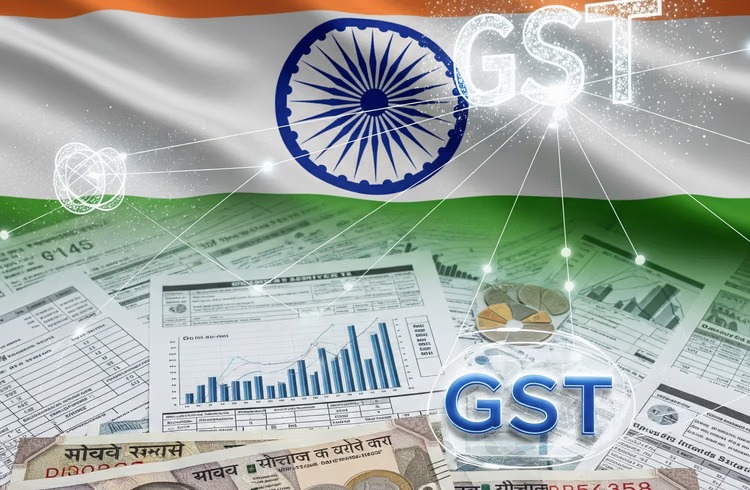India is gearing up for a significant overhaul of the Goods and Services Tax (GST) system, aiming to reduce tax rates on about 175 products by over 10 percentage points. This wide-ranging reform, proposed by the government and expected to be finalized in early September 2025, seeks to boost consumer spending, make essential goods more affordable, and strengthen domestic industries ahead of the festive season.
Key Highlights of the Proposed GST Reforms
The GST on air conditioners, televisions, and cement is proposed to be slashed from 28% to 18%, lowering the cost of these widely used durable goods.
Small petrol hybrid cars and most motorcycles may see their GST rates cut from 28% to 18%, a move anticipated to benefit environmentally friendly vehicle manufacturers like Toyota and Maruti Suzuki.
Nearly 175 consumer products, including shampoos and talcum powder, could have their GST reduced from 18% to 5%, expanding affordability across household essentials.
Carbonated soft drinks are proposed to retain their existing GST level, reflecting the government’s selective approach towards luxury and sin goods.
The reforms are part of Prime Minister Narendra Modi’s broader vision announced on Independence Day 2025, focusing on structural tax reforms, rate rationalisation, and ease of business.
The revamped GST framework anticipates simplifying tax slabs mainly into 5% and 18%, phasing out the current 12% and 28% slabs, with a special 40% slab reserved for sin and luxury goods.
Rationale Behind The Tax Rationalisation
The government’s move aims to address the complex and often inverted GST structure, where tax rates on inputs were sometimes higher than finished goods, complicating compliance and increasing costs. By reducing tax on high GST slab items like electronics and hybrid cars, the reforms intend to stimulate demand, enhance affordability, and promote the manufacturing sector’s competitiveness.
Specific Implications For Key Segments
Air Conditioners and Televisions
Currently taxed at 28%, these consumer durables are poised for a rate drop to 18%. Industry bodies highlight that this could make these products more accessible to the middle and lower-income groups, spur festive demand, and help curb informal grey-market trade. Air conditioner penetration in India remains low at around 7%, but affordability from tax cuts is expected to significantly boost sales and encourage adoption of higher energy-efficient models.
Hybrid Vehicles and Motorcycles
Tax reductions targeted at small petrol hybrid cars and most motorcycles will likely drive demand for cleaner transportation options. This move is part of an ongoing government push to support electric mobility and environmentally sustainable vehicles through more competitive pricing relative to conventional petrol models.
Wider Consumer Goods Changing GST Categories
Numerous everyday essentials, including certain personal care items and household products, will enjoy reduced taxes, translating into lower retail prices and higher consumption. This broader rate cut is designed to ease the overall cost of living for common consumers while driving volume growth for manufacturers and retailers.
What This Means For Consumers and Businesses
For consumers, these GST cuts mean more affordable access to durable goods, vehicles, and household essentials, especially timely for the upcoming Diwali season known for heightened shopping activity. For manufacturers, reduced taxes can lead to increased sales, improved market competitiveness, and enhanced domestically focused production capabilities.
The reform also aims to simplify GST compliance with fewer tax slabs, faster refunds, and improved ease of doing business, ultimately bolstering economic growth and manufacturing expansion across sectors.
The GST Council under Finance Minister Nirmala Sitharaman is set to finalize the list of products and approve the proposed changes in early September 2025. The government expects this overhaul will be implemented by Diwali, marking a major step toward a more streamlined and growth-oriented indirect tax system in India.
Sources: Reuters, ClearTax, India Today, The Tribune, ANI, Business Standard, Omdia







